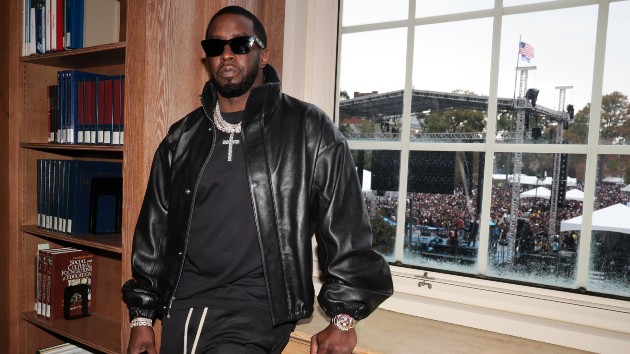The dangers of disturbing videos: How to protect yourself and your family
Written by ABC AUDIO on March 28, 2024

(NEW YORK) — Videos and images of the Key Bridge collapse in Baltimore have become ubiquitous in the past few days and may cause strong emotions in some – but mental health professionals say there are some things you can do to help protect your mental health and cope with this tragedy in a healthy way.
“People can be vicariously traumatized from watching videos of disasters over and over again, especially kids and adolescents,” states Dr. George Everly, an associate professor of psychiatry and adjunct professor of public health at Johns Hopkins University.
For some people, witnessing an event that is particularly rare or out of the ordinary can be especially traumatizing, and can lead to conflicting messaging from different parts of the brain- such as the limbic system, which deals with memory and emotions like fear and anxiety, versus the pre-frontal cortex, an area that processes facts and logic.
“Over time, the human brain gets use to everyday threats, but when something novel and spectacular like this happens, it can go into survival mode, which is a protective mechanism,” Everly said. “But it’s important to slow down and look at the facts- let your brain see the numbers that show that this event, while spectacular and very tragic, is also exceedingly rare.”
For example, experts say it can be helpful to understand the statistics. From 1960 to 2015, there were only 35 bridge collapses in the entire world, leading to 342 deaths, as compared to the 3700 people that are killed daily in car crashes around the world, according to 2018 reports from the World Association for Waterborne Transport Infrastructure and the World Health Organization.
“Also, try to resist the urge to look for someone to blame,” Everly said. “That is the brain trying to make sense out of something that, right now, doesn’t make sense, but ultimately only accentuates pessimism and doesn’t help us regain any control.”
Putting the bridge collapse into context for children and adolescents is also important, as they “might catastrophize the event in ways such as believing they must happen all the time, or that bad things might happen to them or their parents,” says Dr. Jyoti Kanwar, a psychiatrist with the University of Maryland Medical Center and assistant professor at the University of Maryland School of Medicine.
Decreasing their exposure to the images and videos by limiting screen time, and talking openly with kids about the facts of the disaster, are important first steps. Kanwar also recommends that parents show “comfort, support, and demonstrate resilience in the face of tough situations by going through your daily routine.”
The same advice holds true for adults who may be tempted to re-watch the tragic video and worry about bridges in their own communities: try to limit your screen time, review the facts and stick to your daily routines as much as possible, experts say.
If feelings of worry or anxiety are starting to impact wellness or daily functioning, Kanwar recommends talking with someone supportive about your fears and concerns.
“If you already have anxiety, talk with a psychotherapist to learn more strategies like exposure response prevention, cognitive behavioral therapy, developing mindfulness and being grateful for all the wonderful things in life despite this catastrophic event,” Kanwar said.
Everly adds, “Don’t surrender your happiness or your wellbeing to an event that is especially tragic, but remarkably rare.”
Dr. Julie Kollar MD, MPH is the Chief Resident of the Johns Hopkins General Preventive Medicine Residency Program, and a member of the ABC News Medical Unit.
Copyright © 2024, ABC Audio. All rights reserved.






